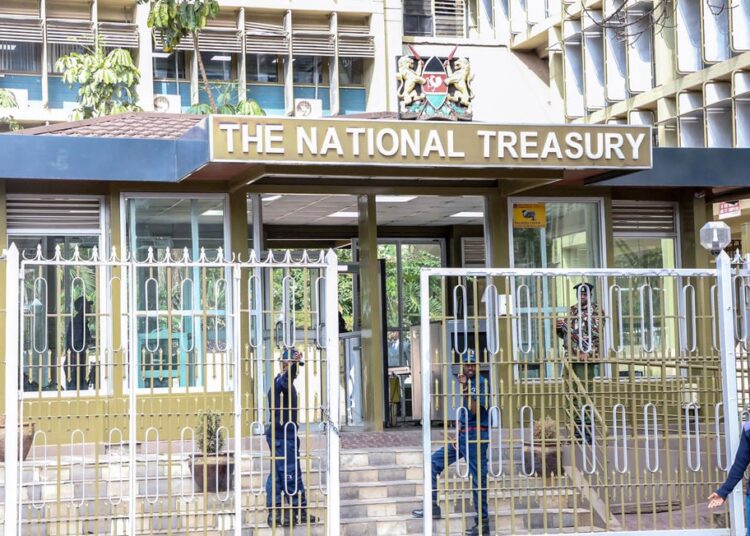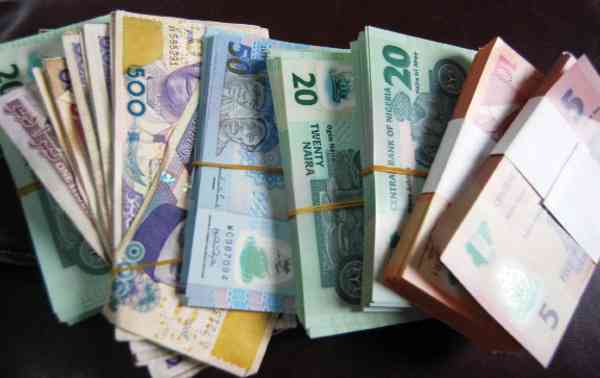Kenya plans to raise up to $2 billion from the international capital markets in the next financial year to repay its 10-year Eurobond that is maturing in June 2024.
Last week, in an advertisement in the government publication MyGov, the National Treasury invited expression of interest from reputable financial institutions to provide transaction advisory services for the proposed Eurobond.
Treasury director of debt management Haron Sirma told The EastAfrican that “theoretically,” they are looking for up to $2 billion to settle the amount due on the 2024 Eurobond.
“It may also be much less depending on alternative financing sources,” he said.
This comes amid rising interest rates and strengthening US dollar, which have combined to make conditions in the global financial markets unattractive for capital raising.
Domestically, the government is facing difficulty meeting its revenue targets, with the International Monetary Fund ruling out restructuring of Kenya’s debt.
Official data shows that during the nine months to March 31, 2023, the Kenya Revenue Authority (KRA) missed its revenue collection target by Ksh715 billion ($5.29 billion), while the National Treasury missed its borrowing target (domestic and external) by Ksh775 billion ($5.74 billion).
Overall, the government, in a gazette notice dated April 14, 2023, says it missed its revenue targets by close to Ksh1.52 trillion ($11.25 billion) during the period, in addition to a fiscal deficit of Ksh862.5 billion ($6.38 billion) for the 2022/2023 fiscal year
The usable foreign exchange reserves had declined to $ 6.37 billion (3.56 months of import cover) as at April 13, 2023, way below the statutory threshold of four months of import cover.
The National Treasury has made several attempts to borrow from the domestic market at rates below 10 percent to finance its growing expenditure. But its efforts are being frustrated by investors who prefer short-term treasury bills to bonds, citing uncertainties in the economy.
In 2014, Kenya took up $2.75 billion in two tranches — a 10-year paper and five-year issuance, at interest rates of 6.78 percent and 5.87 percent respectively.
The five-year paper was repaid partly using the proceeds of another $2.1 billion Eurobond issued in May 2019.
The government started sliding into debt trap in 2014 after it was forced to issue $2 billion Eurobond to pay off a $600 million syndicated loan underwritten by Citigroup, Standard Chartered and Standard Bank.
Constrained external financing led to Nairobi suspending plans to tap international capital markets in 2022, forcing it to draw more extensively on its forex reserves to meet its external debt repayments.
Economists say that the economy is in a precarious state, where incomes have stagnated, exports stagnated, interest rates are high and investments are on a downward trend, if not stagnant.
“The government has to borrow to finance maturing international debt as well as domestic debt to avoid default. Commercial debt might be a stop-gap measure to allow time for negotiation for bilateral or concessional funding as these take time, time the government does not have,” said Reginald Kadzutu, CEO of asset management firm Amana Capital Ltd.
More in The EastAfrican












